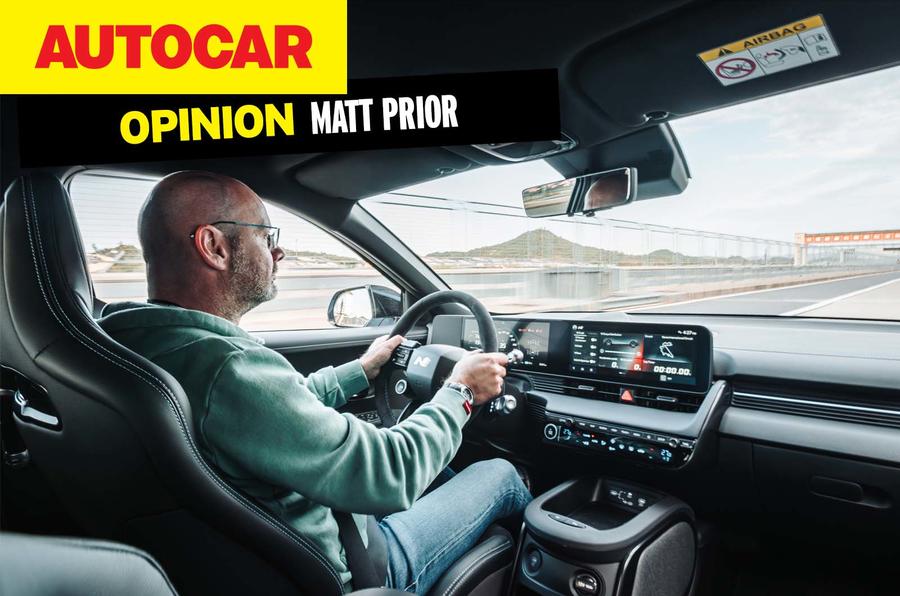Hyundai executives can get defensive about criticism of the number of drive modes and options on performance cars like their i30 N.
That’s one of my favourite hot hatchbacks, but there’s no denying that it has a lot of adjustable things.
On-board systems allow you to choose between various suspension stiffnesses, to change the steering weight, to tune the engine response and much more besides. Apparently there are nearly 2000 combinations.
Some say that’s too many – probably me included. But Hyundai’s driving attributes chief, Tyrone Johnson, says that if you don’t like having so many, don’t use them. There are a number of presets, including what Hyundai thinks is an optimal N mode, so just pick that.
That also seems like an entirely reasonable position. But until now, I didn’t absolutely know where I stood on it. I’ve sat in BMW M cars and Mercedes-AMGs in the past and once spent six months in an M5 without once feeling like I had entirely got to grips with everything it could offer.
There are shades of a cook-it-yourself restaurant about having this many choices. Somewhere in the background is a great chef who knows precisely what would be the best way to cook the ingredients presented to me yet is content to stand there while I make a complete hash of it.
So come on, you’re the expert: why don’t you get it right and just let me enjoy it? I rather like it when an expert does something, whether it’s the chargrilling of vegetables or the suspension tuning of a Toyota GR86.
Anyway, this situation is only going to get worse – or better, depending on your point of view – as driver’s cars become ever more electrified.
In the i30 N, there’s a mechanical limit to the things that could be changed. Drive can only ever go to the front wheels and there’s only so much bandwidth within which the engine can realistically respond. But, as you might have seen in last week’s first drive of the Hyundai Ioniq 5 N, electric cars are something else again.
The Ioniq 5 N has no fewer than four preset and two customisable modes for regular driving. But even though you can in the adjustable modes change the damping, steering weight and motor and differential response and more, that barely touches the surface.
Other buttons activate maximum boost for 10 seconds, knock the power back a bit so that you can complete more laps of a circuit without it overheating, activate full braking effort if you lift off the throttle pedal, put the car into a specific low-speed drifty mode or, through 11 stages, allow the power to be differently apportioned between the front and rear.






Join the debate
Add your comment
The car is going to be sold worldwide not just in the Cotswolds of the UK.
We all know Matt has issues with having to set cars up and touch screens, understandable when you drive many per week - BUT THAT IS NOT THE AVERAGE READER! For me I like having multiple options. In my car you can only adjust 6 variables with 3 settings each but by Matt's dodgy maths that would be a headline figure of 216 options. But of course I have not done that. I know on a Yorkshire B road I have softest suspension, quick engine response, quick gear change but less invasive radar alerts. My other setting is for motorways with everything for easy cruising. But I like this, my motorbike has even more options for engine, suspension.... I assume Matt never adjusts his smartphone settings either!
I'd rather set it up perfectly than some overseas engineer who's never been on a B Road and assumes all roads are perfect Spanish hill roads.